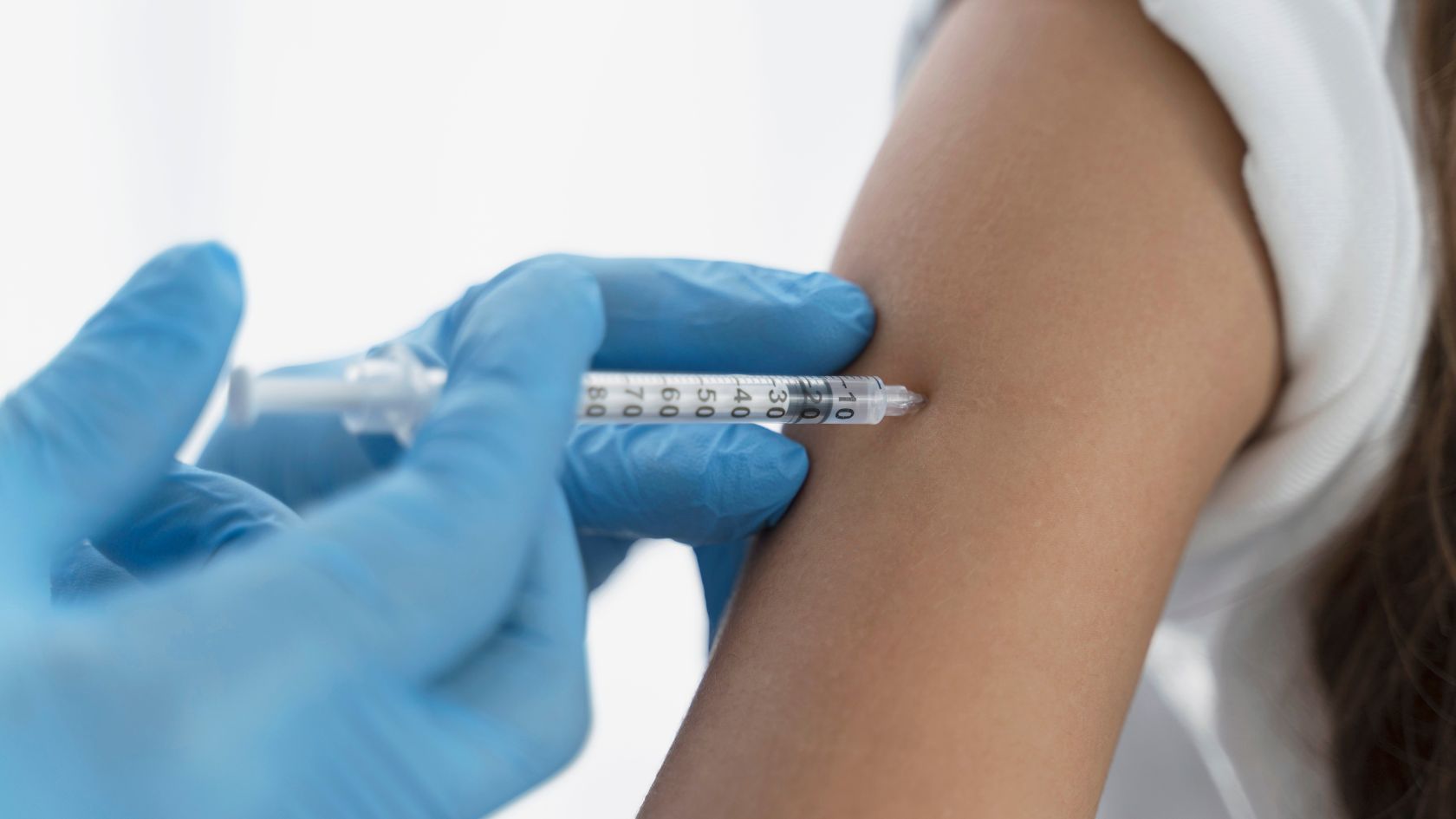Subcutaneous injection is a simple and gentle method used in testosterone replacement therapy (TRT) that puts the medicine right under your skin. Imagine giving a small pinch to your belly or thigh where the needle goes into the soft fat layer. This way, the medicine goes in slowly, giving steady hormone levels without big spikes.
In the next section, we’ll talk about how this injection works, why many people find it less painful than traditional shots, and why it might fit better into your routine if you’re doing TRT at home.
Key Takeaways
- A subcutaneous injection delivers medicine into the fat layer just under your skin using a small, short needle.
- This method is often used for hormone treatments, insulin, or other medications that need slow, steady absorption.
- Common injection spots include the belly, thigh, or upper arm—areas with more fatty tissue and fewer large blood vessels.
- Subcutaneous injections are easy to learn and can often be done at home with proper guidance and clean technique.
- Following your provider’s instructions helps avoid pain, swelling, or infection and ensures the medicine works correctly.
Table of Contents
Subcutaneous Injection Explained: What It Is and Why It’s Used for TRT
Subcutaneous injection means putting medicine under the skin, not into a muscle. The needle goes into fatty tissue just beneath the skin. This method is called SubQ, subcut, or SC.
How It Works
When you inject testosterone under the skin, the body slowly absorbs it through tiny blood vessels in the fatty layer. Because it absorbs slowly, your hormone levels stay steady and you avoid big ups and downs in energy or mood.
Why Use Subcutaneous Injection for TRT?
- Gentler experience: Needles are thinner, making the shot less painful and scary .
- Easier for self-care: You can give yourself the shot in places like your belly or thigh, without needing someone else to help.
- Fewer injection troubles: Less chance of bruises, soreness, or hitting a nerve like with deep muscle shots.
- Smooth hormone levels: Slower release means fewer highs and lows in testosterone, which can make your mood and energy feel more even.
- Just as effective: Medical studies show that subcutaneous injection works about as well as intramuscular shots in getting testosterone into your blood.
Comparison With Intramuscular Injection
Feature | Subcutaneous Injection | Intramuscular Injection |
Needle Size | Thin (22–25 gauge) | Thick (18–22 gauge) |
Pain Level | Low | Often higher |
Injection Sites | Belly, thigh, arm | Buttock, deltoid muscle |
Absorption | Slow, steady | Faster, but with highs and lows |
Administration | Easy self-inject | Harder, may need help |
Side Effects | Less bruising or soreness | More common soreness |
Subcutaneous injection is growing in popularity because it’s easier and more comfortable, while still doing the same job medications do in your body.
How to Inject Testosterone Under the Skin Safely and Easily
Step-by-Step: How to Give Subcutaneous Injection
- Wash your hands.
- Gather supplies: testosterone vial, syringe, thin needle, alcohol pad, sharps container.
- Clean the skin: wipe your chosen site with an alcohol pad.
- Draw the dose: pull back the syringe plunger, then remove air bubbles.
- Pinch the skin: grab a fold of skin at your belly or thigh.
- Insert the needle: at a 45-degree angle into the fat.
- Inject slowly: push the medicine in steadily.
- Remove needle and dispose properly.
- Don’t forget follow-up: rotate sites, check blood levels, and monitor for side effects.
What the Research Says
Studies in both men and transgender patients show that SubQ testosterone gives the same steady hormone levels as IM shots. A pilot study in Saudi Arabia and trials with transgender men report effective, reliable dosing with fewer side effects. Real-world clinics note patients prefer SubQ because it’s more comfortable, easier to self-administer, and keeps hormone levels smooth.
Side Effects and What to Watch For
Subcutaneous injection is generally safe, but some things to keep in mind:
- Injection site reactions: redness, mild swelling, or tiny bruises. Rotating where you inject helps reduce them .
- Lumps: small, harmless bumps sometimes form, but usually go away.
- Hormonal effects: acne, mood changes, increased hair, or higher blood pressure. These are common with testosterone and should be monitored .
- More serious risks: rare events like high red blood cell count or heart issues mean doctors usually run blood tests regularly.
Who Should Consider Subcutaneous Injection?
Subcutaneous injection is great if you:
- Want less pain and needle anxiety.
- Prefer giving yourself shots at home.
- Want smoother hormone levels to help with mood, energy, and focus.
- Are comfortable with needles and medicine prep.
It might not work if your doctor prefers intramuscular injections for medical reasons or if you need a very high dose that fat tissue can’t absorb quickly. But most people do just fine with SubQ.
Ready to Take Control of Your Testosterone Therapy?
Frequently Asked Questions
It varies. Many people inject 1–3 times per week. More injections, smaller doses = steadier levels.
No, it’s usually much less painful because of the thin needle and shallow injection depth.
Yes, formulas like testosterone cypionate and enanthate work just fine with SubQ. Studies confirm similar results to IM.
SubQ has fewer injection-site problems and lower risk of hitting a nerve or blood vessel. Hormone levels stay steady, which may help reduce side effects.
Yes, if you get proper training and follow clean technique. Doctors and pharmacists teach you exactly how to do it, including rotating sites and using a sharps container.
Usually normal. Use a new spot each time and massage gently afterward. Let your doctor know if it gets very irritated.
Absolutely! SubQ works well across groups, including transgender individuals using testosterone.
Yes. Regular lab checks track your testosterone level, red blood cell count, liver function, and heart health.
No evidence of harm with correct use. Still, ongoing research monitors long-term safety of all TRT methods.
Medication cost is the same. But smaller needles mean lower supply costs and potentially fewer clinic visits.

